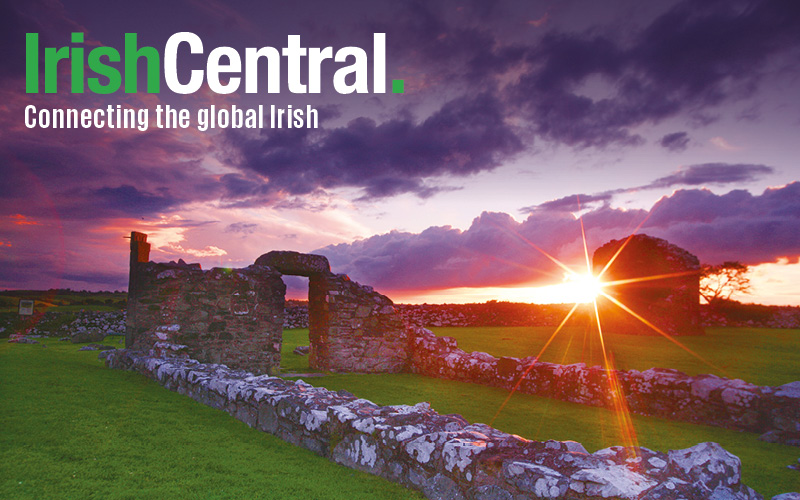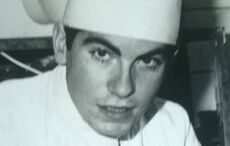The Irish community in Montreal plans to build a park and monument to commemorate the 6,000 Irish victims of 'Black ’47,' the worst year of Ireland’s Great Hunger, buried in the area.
An annual tradition among the Irish community in Montreal took place on Sunday, May 25. The community gathers at Saint-Gabriel’s Church in Pointe-Saint-Charles to walk to the black stone near the Victoria Bridge. The stone marks the graves of the 6,000 Great Hunger victims.
Known as the “Irish Commemorative Stone,” “The Black Rock,” “The Ship Fever Monument,” and “The Boulder Stone” it was erected in the mid-19th century by construction workers building the Victoria Bridge. Many of these workers were of Irish descent and wanted to mark the spot.
The inscription on the simply rock reads, “To Preserve from Desecration the Remains of 6,000 Immigrants Who died of Ship Fever A.D. 1847-48
“This Stone is erected by the Workmen of Messrs. Peto, Brassey and Betts Employed in the Construction of the Victoria Bridge A.D. 1859"
The discovery and planned official memorial of these Great Famine remains mirrors that of the recent events in Staten Island, where two coffins filled with the remains of Famine victims were buried on the ground of the newly built St. George Courthouse. It is believed that the new courthouse rests upon thousands of Great Hunger dead.
Thousands of Irish traveled to Canada during the Great Hunger (1845 to 1852), but many died from disease. During the worst year, Black ’47, it’s estimated that 100,000 Irish immigrants passed through Montreal. Six-thousand of these souls are buried at the site of the black stone.
Dian English of the Montreal Irish Monument Foundation told the Global News, “They deserve a more fitting end than this.”
English continued, “We want to see a major park done here that has a cultural center, that has four season sports, a real Canadian park.”
The proposed park could have planning issues as it would reroute traffic going to the bridge. The stone is not only in the middle of a major roadway, but it is in an area primed for development.
Sterling Downey, a Montreal City Councillor said the proposed park would enable Montrealers “know the history of the space, the people who built it, the people who played a role in populating it and make sure that history isn’t forgotten and try to give it back.
“It doesn’t mean that you can’t develop. But there are intelligent ways of developing.”
The community’s aim is to make this area a destination to learn and remember Irish history, a history which sadly left few written records. Although an estimated 6,000 people are buried in the area, there are no records of who these people may have been.
Ray Bassett, the Irish Ambassador to Canada, noted, “The famine for us was like our holocaust.”
He pointed out that when he arrived in Montreal he found it difficult to locate the black rock.
He said, “It’s important these people are remembered.
“They’re human beings; their individuals.”




Comments